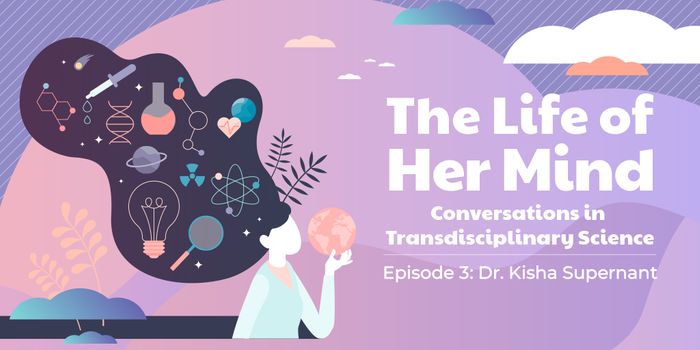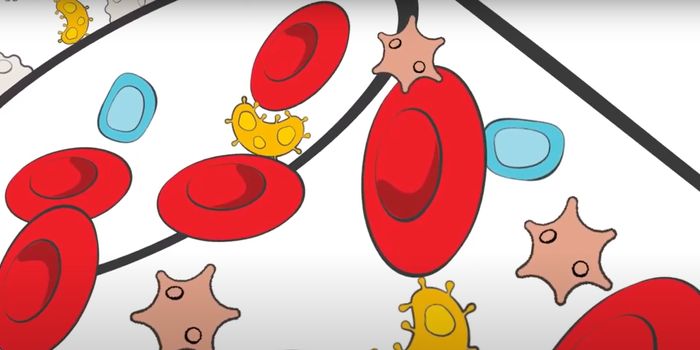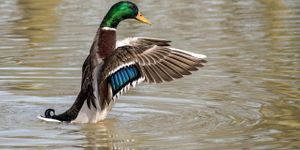You can tell a lot from an animal's teeth. They can tell an animal's age or scientific group classification. They can tell what the animal eats; most organisms have teeth that are specific to their survival, meaning that their teeth are adapted to their particular eating needs. That's why you can usually determine if an animal is a carnivore or herbivore or omnivore by looking at the chompers on it. Some animals' teeth are also useful for not the actual eating process, but the looking-for-food process, which can involve digging or gnawing.
One of these animals is the naked mole rat, which has just two pairs of long incisors that look like gross fingernails that someone forgot to trim. They use them to dig their burrows and chew on tough roots, as well as carry food and their own babies around in their underground homes. But their teeth have some special features that you may never have heard of before. For example, their teeth actually are on the outside of their lips, which allows a naked mole rat to close its lips without letting dirt into its mouth. And because its lower jaw is so flexible, a naked mole rat is also able to move each bottom tooth independently, as if they were chopsticks! In fact, a naked mole rat's teeth are so important to its survival and interaction with the world that one quarter of its body's musculature is dedicated to its jaw and one third of the space in the primary somatosensory cortex of its brain is sanctioned off for teeth use! That's a lot of resources going towards teeth.
Now the naked mole rat isn't the only animal with some eccentric teeth going for it. Ever heard of the cookiecutter shark or the moray eel? What about the crabeater seal or the babirusa, or perhaps the weirdest teeth of all, belonging to the helicoprion? To learn more about these uniquely-toothed animals, watch the video!








